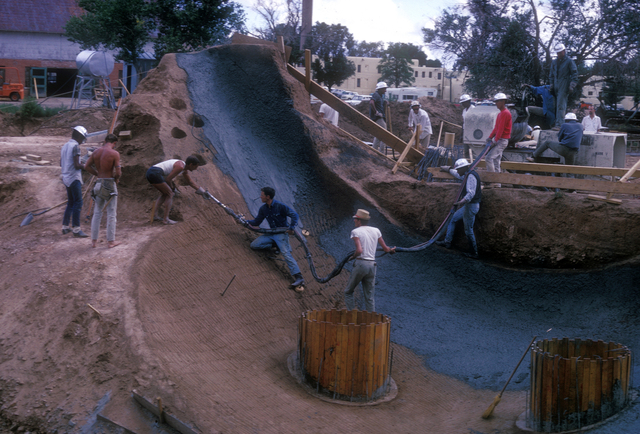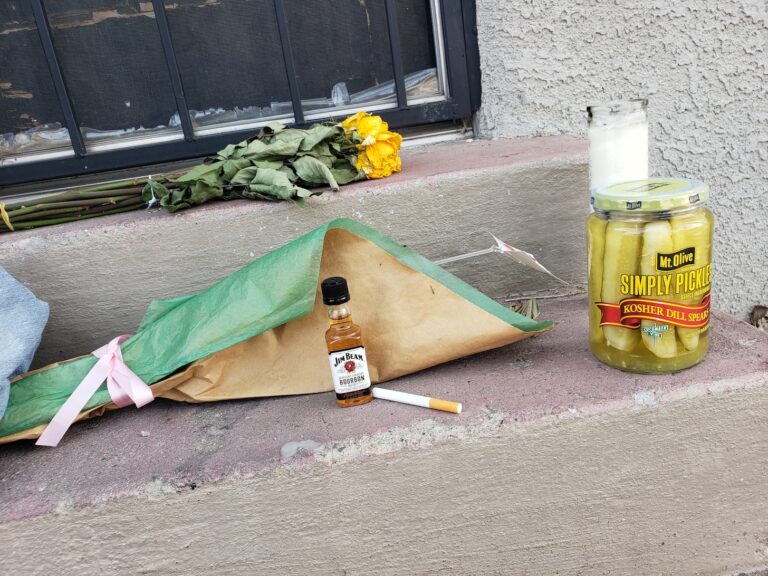Guest Editorial: Architect Bart Prince Writes In About The Paolo Soleri


Raffaele Elba

The theater was constructed using an earth-casting technique.
Cosanti Foundation - Colly Soleri





